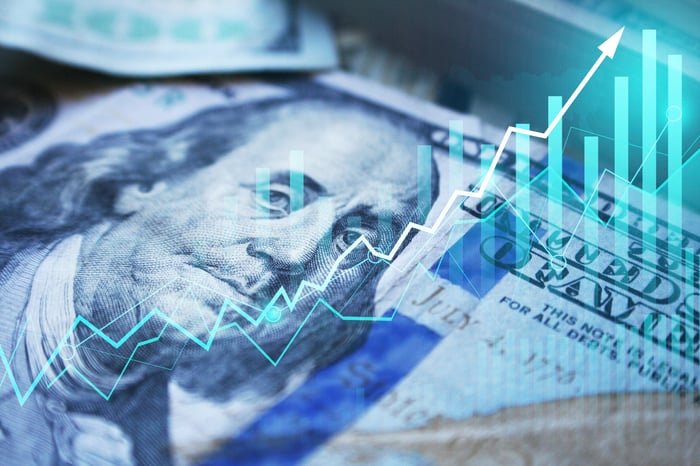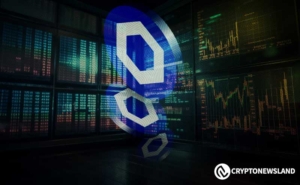To grasp the reasons behind the price movements of crypto assets such as XRP ( XRP 1.97%), it’s essential to pay attention to capital flows. When more value is entering a network than leaving it, the price of its native cryptocurrency typically climbs. Currently, real-world asset (RWA) tokenization is a major catalyst for capital moving onto the XRP Ledger (XRPL).
Tokenization refers to representing ownership of assets like U.S. Treasuries or cash equivalents as digital tokens on a blockchain, allowing for easier transfers, settlements, and audits. As more tokenized assets are added to a blockchain, its native token often benefits from increased activity, liquidity, and visibility—something now happening on the XRPL in a significant way. Let’s examine three interconnected trends that suggest a promising outlook for XRP in both the short and long term.
1. Real-world assets are arriving and usage is gaining speed
In the 30 days ending Oct. 13, the total value of real-world assets on the XRP Ledger grew by 4.3%, reaching $364.9 million. Considering that institutional investors are typically cautious with reallocating funds, this represents a notably rapid expansion.
Additionally, not only is value being stored on the network, but it’s also being actively transacted. Over the same period, the 30-day RWA transfer volume on XRPL surged by about 42%, indicating robust settlement activity rather than stagnant holdings. This benefits XRP holders because each transaction destroys a small amount of XRP, reducing supply and underscoring the network’s utility.
In effect, tokenized assets introduce fiat-backed liquidity and institutional investment practices to the blockchain. This generally deepens market liquidity, attracts developers, and energizes the ecosystem—laying the groundwork for greater utility of the cryptocurrency over time.

Image source: Getty Images.
2. Stablecoin reserves have jumped significantly
Stablecoins, which are essential for tokenization, serve as the liquid assets that facilitate the settlement of tokenized U.S. Treasuries, invoices, and funds against cash. On XRPL, the stablecoin market capitalization is close to $287 million, having risen by approximately 37% in the last month—a substantial leap.
Even more encouraging, this growth is happening alongside Ripple’s own RLUSD stablecoin, which has reached $839.6 million in circulation across supported blockchains. This supports the view that RLUSD provides institutional-level compliance, redemption, and tracking features.
As the pool of cash-equivalent assets grows, more tokenized assets can be settled on XRPL without liquidity issues, boosting network activity and making it more appealing to future issuers. This also increases demand for XRP itself.
3. The community of holders is expanding
The number of unique stablecoin holders on XRPL has grown by about 7% over the past month, now totaling around 33,960 wallet addresses.
A more diverse group of users helps stabilize economic activity. More unique holders also means there are additional channels for payments and redemptions, reducing dependence on a small number of large XRP holders. This organic growth helps maintain transaction volumes even if a major issuer or market maker withdraws.
Momentum on the adoption front is also strong. Ripple, the company behind XRP, is expanding XRPL’s presence in regulated markets like Bahrain through Bahrain Fintech Bay, directly linking stablecoin and tokenization infrastructure with local regulatory oversight. Competing in such environments is crucial for attracting financial institutions that value regulatory clarity.
Given these positive trends, it’s likely that this momentum will persist through December and into 2026, as more issuers take advantage of XRPL’s compliance-friendly features and fiat transfer options. For those seeking a long-term crypto investment, XRP stands out as a compelling option.


